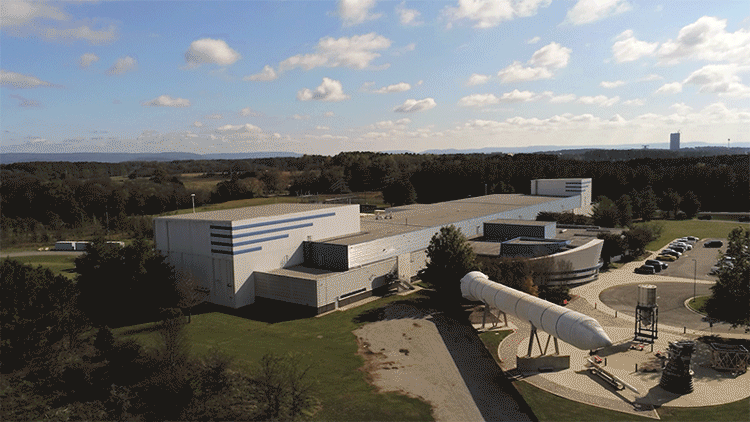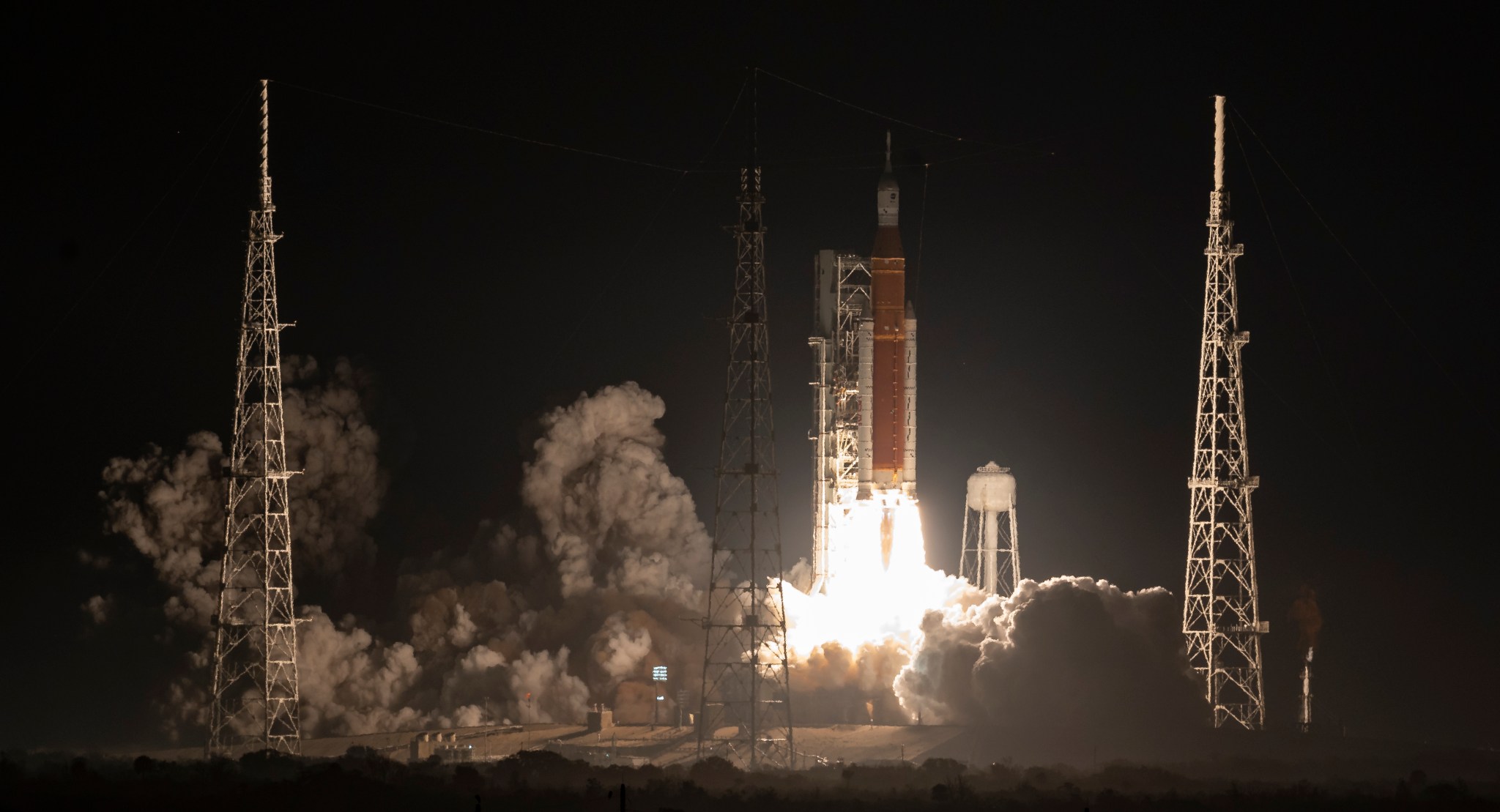
NASA's Marshall Space Flight Center in Huntsville, Alabama, is celebrating its 65-year legacy of ingenuity and service to the U.S. space program - and the expansion of its science, engineering, propulsion, and human spaceflight portfolio with each new decade since the NASA field center opened its doors on July 1, 1960.
What many Americans likely call to mind are the "days of smoke and fire," said Marshall Director Joseph Pelfrey, referring to the work conducted at Marshall to enable NASA's launch of the first Mercury-Redstone rocket and the Saturn V which lifted Americans to the Moon, the inaugural space shuttle mission, and the shuttle flights that carried the Hubble Space Telescope, Chandra X-ray Observatory, and elements of the International Space Station to orbit. Most recently, he said they're likely to recall the thunder of NASA's SLS (Space Launch System), rising into the sky during Artemis I.

Yet all the other days are equally meaningful, Pelfrey said, highlighting a steady stream of milestones reflecting the work of Marshall civil service employees, contractors, and industry partners through the years - as celebrated in a new "65 Years of Marshall" timeline.
"The total sum of hours, contributed by tens of thousands of men and women across Marshall's history, is incalculable," Pelfrey said. "Together they've blended legacy with innovation - advancing space exploration and scientific discovery through collaboration, engineering excellence, and technical solutions. They've invented and refined technologies that make it possible to safely live and work in space, to explore other worlds, and to help safeguard our own.






